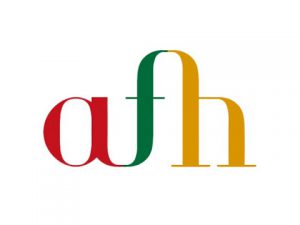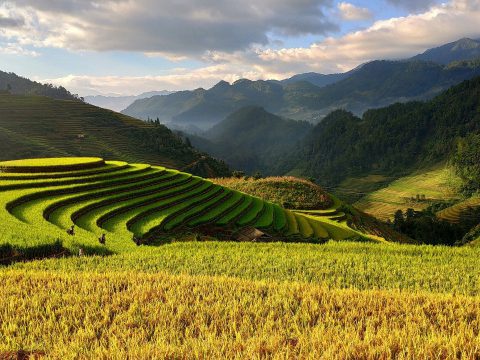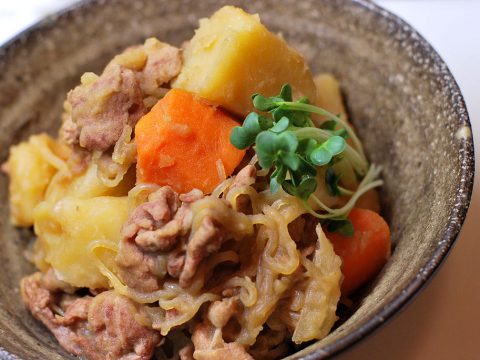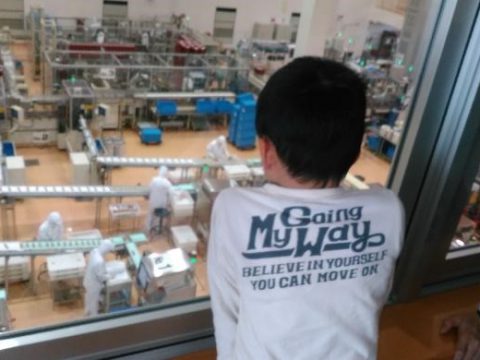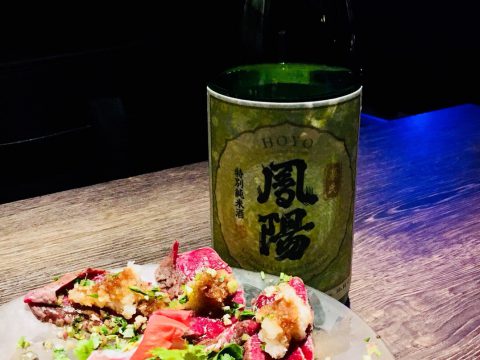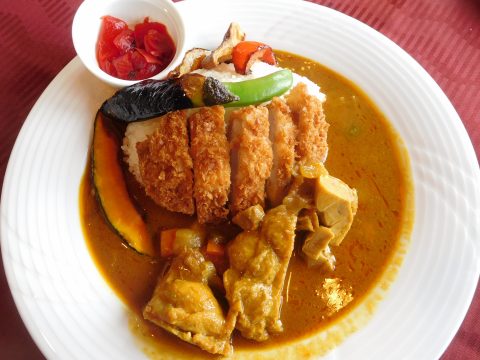Food Value Chain – Processing フードバリューチェーン
WORK’IN JAPAN
30.10.2020
Food Value Chain – Processing
フードバリューチェーン
This is the second article about Food Value Chain.
In the first article, we discussed how the future of farming will change for producers. Robotics, AI, IoT, and ever-developing advancements in agriculture science are changing how effective farming production will be in the future.
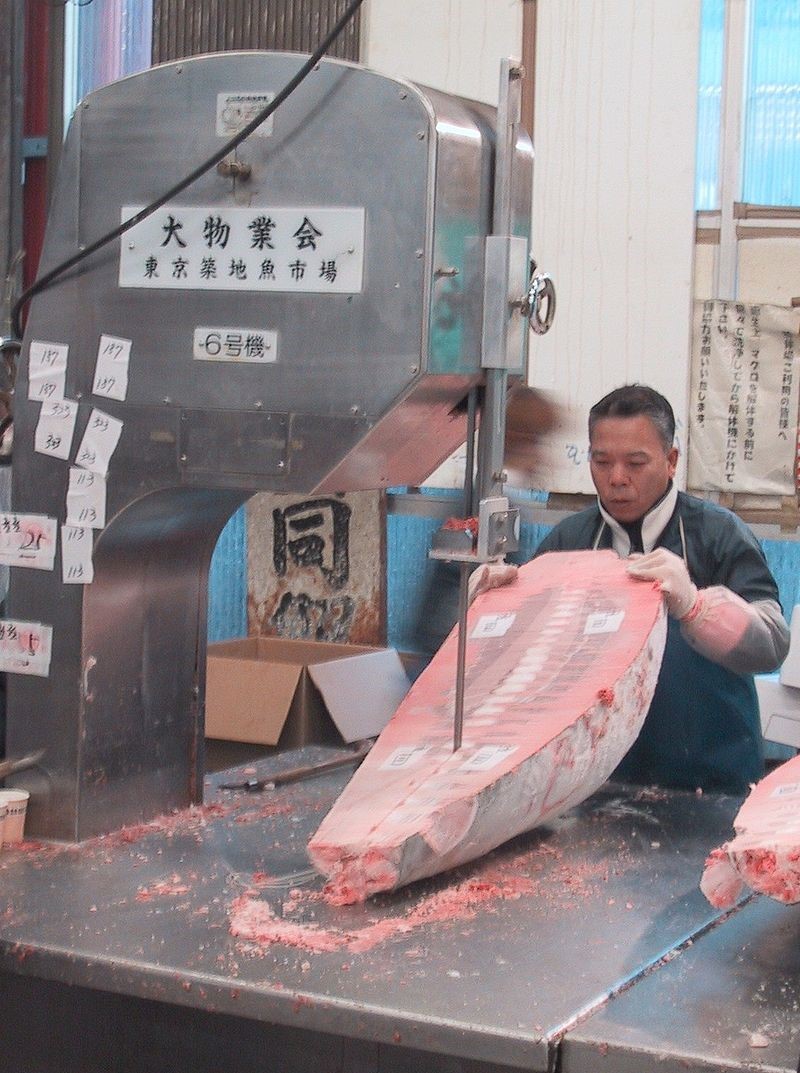
By Chris 73 / Wikimedia Commons, CC BY-SA 3.0, https://commons.wikimedia.org/w/index.php?curid=26169
In this article, let us take a look at what happens once crops have been grown and harvested. The second step in the Food Value Chain is processors. Once products have been harvested, they are transported to facilities which either prepare them for immediate distribution or turn them into retail products which are then distributed to retailers. Just like the producers, processors have the obstacle of adapting to fluctuating populations. If too much product is produced, the excess is wasted, if not enough is produced, the supply does not cover the demand and the shortages can be devastating.
Processors have a history of adapting quickly to fluctuating demands. These procedures are improved with automated machinery, new preserving techniques, and improvements in efficiency. Regarding international relationships between Japan and other foreign countries participating in improving the processing aspect of the Food Value Chain, efforts are being made in countries like Myanmar and Vietnam. Processing procedures to reduce the number of broken grains of rice, to meet supply demands, and to raise awareness of certain products are already underway by the Ministry of Agriculture, Forestry, and Fisheries.

By KUKA Roboter GmbH, Bachmann – KUKA Roboter GmbH, Zugspitzstraße 140, D-86165 Augsburg, Germany, Dep. Marketing, Mr. Andreas Bauer, http://www.kuka-robotics.com, Public Domain, https://commons.wikimedia.org/w/index.php?curid=3345405
Waste is still a very big concern for this step in the Food Value Chain. Today, more than ever, consumers are considering how much waste is produced by their retail habits. While there is inevitable waste and product loss at every stage of food production, a large amount of waste can be eliminated in the processing stage. Improvements in Food Value Chain are specifically targeting this loss in an attempt to minimize it.
In the processing flow, there are several opportunities for these improvements. Storage is an element of processing that, when properly controlled, can prevent a great deal of food loss and waste. While products are in storage, there is opportunity for pests and disease. If you want to work in jobs related for improving the Food Value Chain, there are many opportunities in engineering, chemistry, and data science.
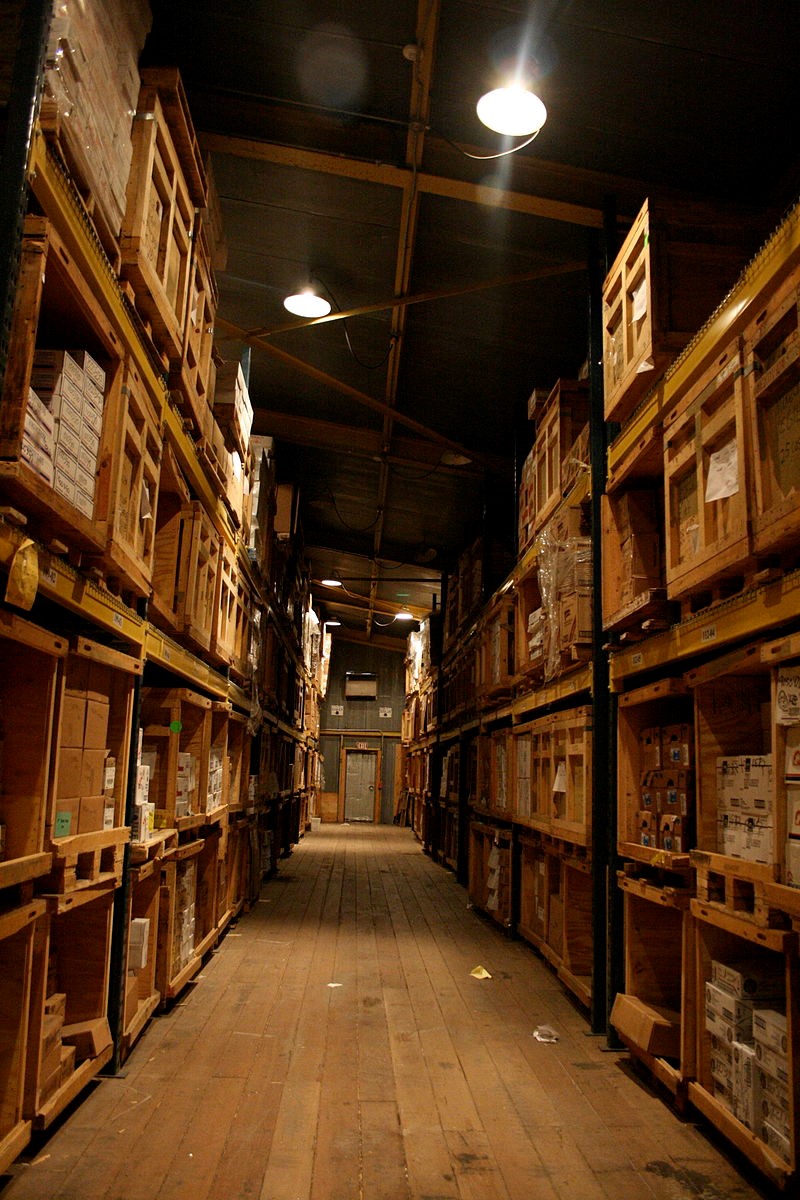
By Eli Duke – originally posted to Flickr as Antarctica: Frozen Food Warehouse, CC BY-SA 2.0, https://commons.wikimedia.org/w/index.php?curid=4688914

